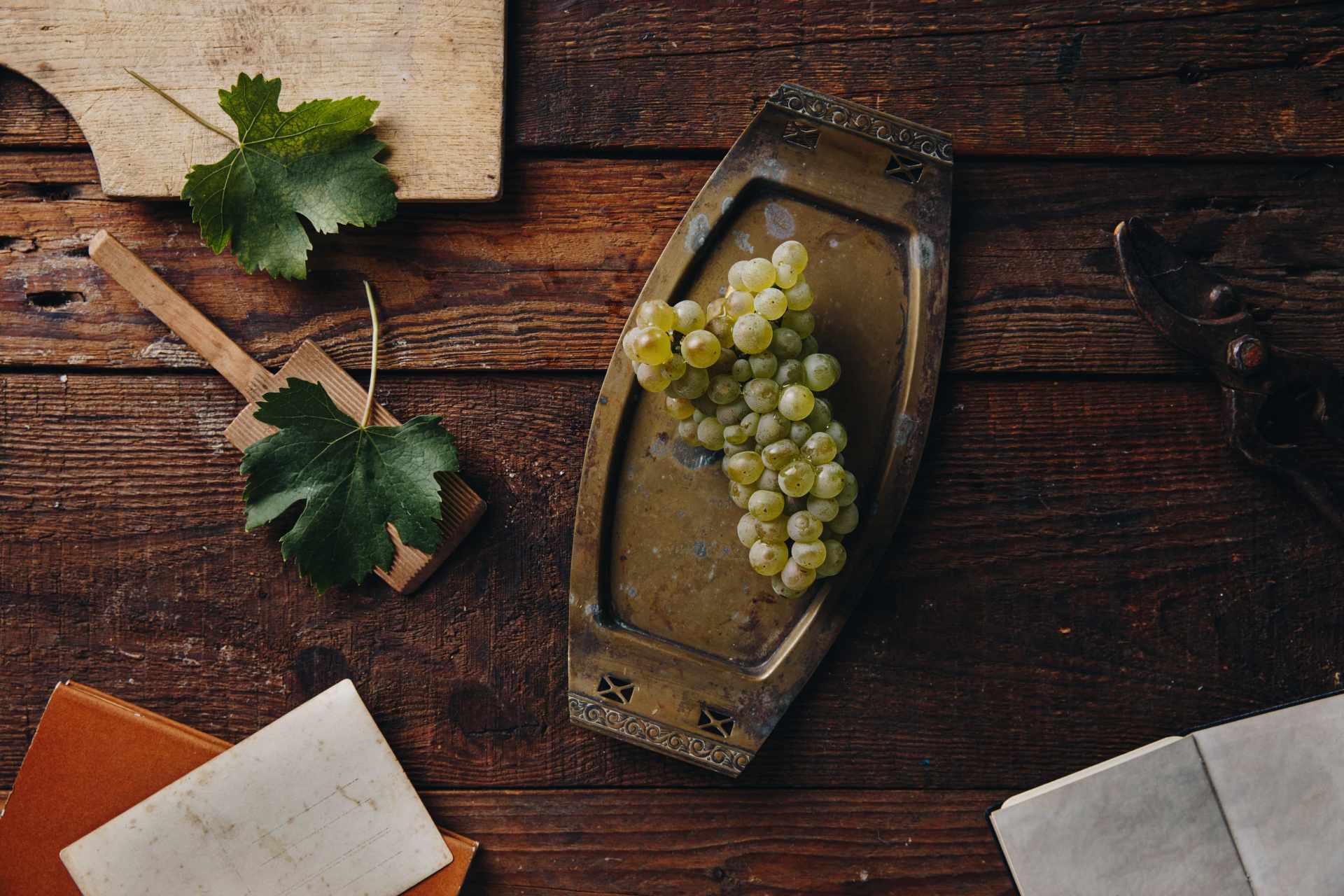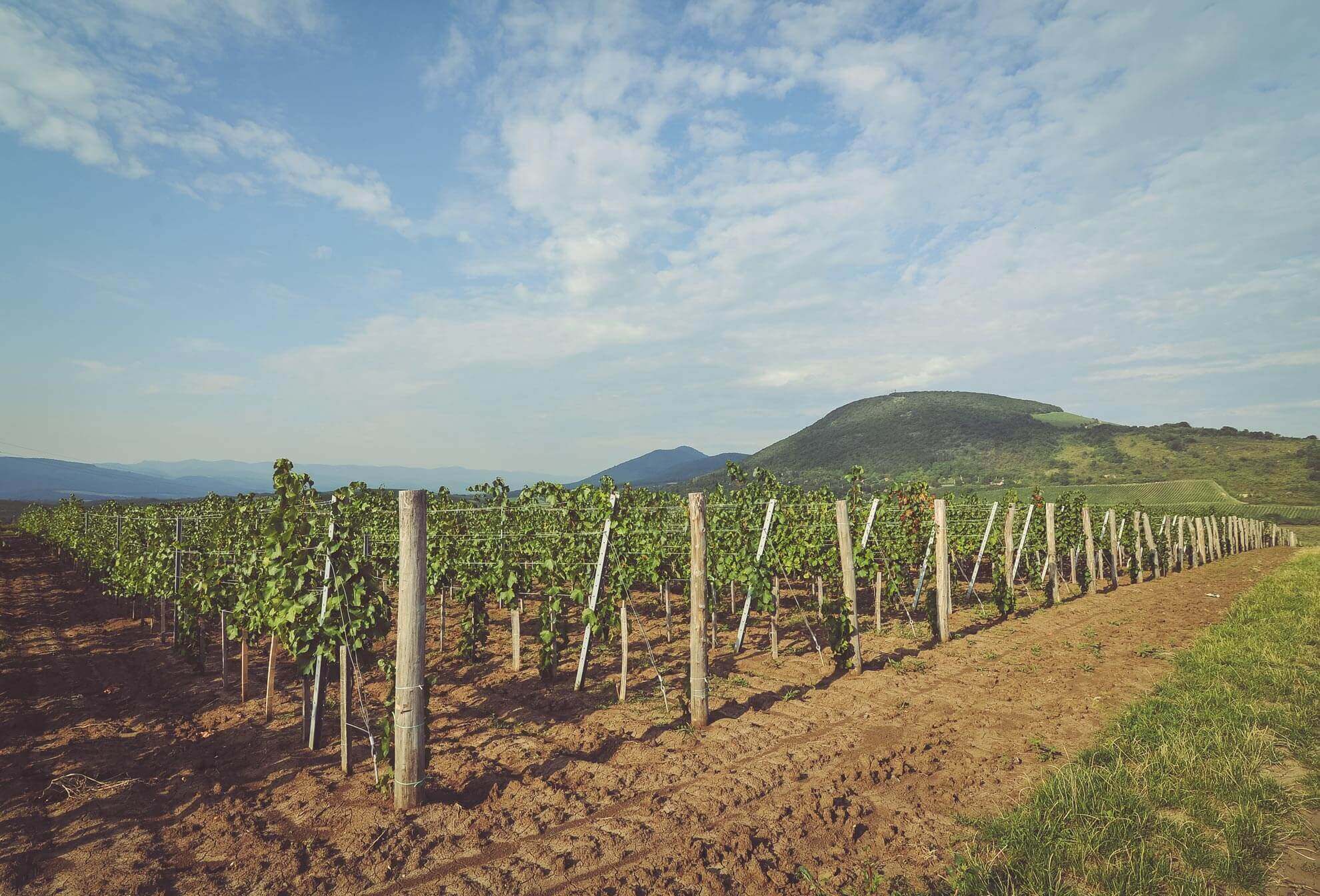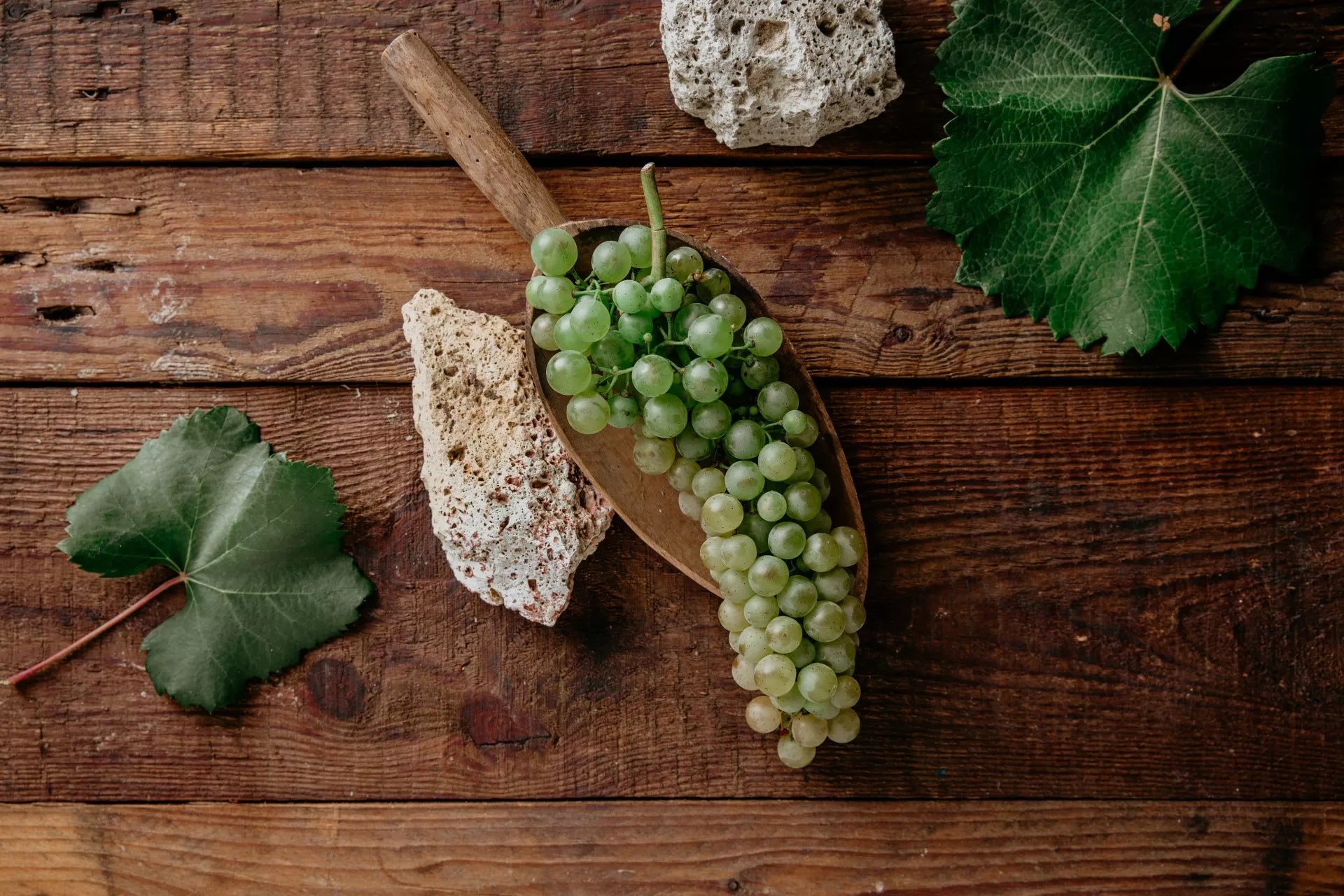Your bag is empty
Already have an account? Log in to check out faster.
Already have an account? Log in to check out faster.
Tóth Ferenc, known endearingly as Uncle Feri, gives his name to his family winery, which in 2023 celebrates its 40th birthday. In 1983, Feri and his wife left their jobs to pursue lives as winegrowers, planting their Áfrika Vineyard in the subsequent years. In the early 1990s, Tóth Ferenc achieved its first success with a Merlot, and in that same decade acquired two old wine cellars to concentrate production. In the early 2000s, Feri led efforts to champion various rare grape varieties, such as Kadarka (as well as its historic rosé style, Siller), in the Eger region, alongside the white specialty Leányka.
In 2005, Ferenc’s daughter Katalin and son-in-law Zoltán joined the winery. Together, the family worked to expand the winery’s cave system, dramatically grow their vineyard holdings among Eger’s top sites, and modernize the tasting room. They further campaigned with other winegrowers to codify Egri Csillag, the region’s flagship white wine, into appellation law. The winery continues to collect accolades, such as Eger Winemaker of the Year and Eger Grape Grower of the Year. In 2017, Ferenc was awarded the prestigious Hungarian Order of Merit, nominated by the city of Eger for his contributions to the local wine industry and his preservation of indigenous Hungarian grape varieties.

A short 90-minute drive northeast of Budapest, Eger produces some of Hungary’s most revered red wines, along with whites of increasing interest from unique local grape varieties. At the focal point of the city of Eger, around which the wine region is found, is a medieval castle, a major target in the 16th century Ottoman Wars. Winegrowing, however, can be traced much earlier, with much of its origins coinciding with the formation of the Eger diocese in 1004. The Mongol invasion of 1241 devastated the local population, but their retreat was succeeded by an immigrant wave, among them the French and Walloons, who brought with them important viticultural and coopering expertise, respectively.
The foothills of the Bükk Mountains provide a series of gentle slopes upon which Eger winegrowers cultivate their vines, scaling up to the highest vineyard elevations in the whole of Hungary. Much of the region is blanketed in tuff and volcanic soils, similar to those found in the neighboring Tokaj region, which produces some of the world’s most coveted sweet wines. Also like Tokaj, beneath Eger lies a series of intricate caves dug into the soft earth. While many of these caves are centuries old, wineries today continue to utilize these spaces for production and storage.

